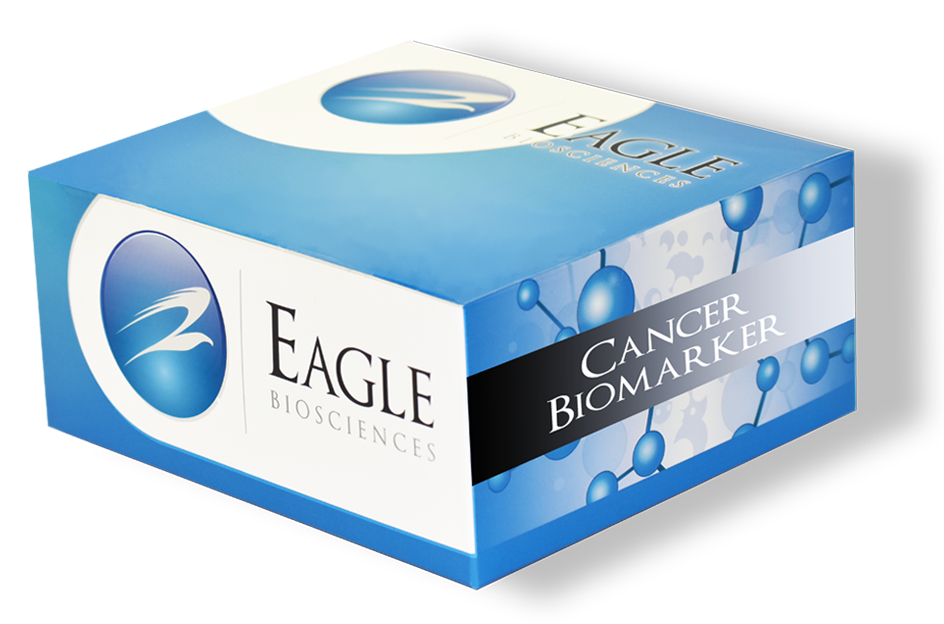HCC-REAAD ErbB3 (HER3) ELISA Assay
The HCC-REAAD ErbB3 (HER3) ELISA Assay is For Research Use Only
Size: 1×96 wells
Sensitivity: 0.3 RU
Standard Range: 0.3-0.7 RU
Incubation Time: 1.75 hours
Sample Type: Serum, plasma
Sample Size: 100 µl
Alternative Names: Hepatocellular Carcinoma -Recombinant Antigen-Antibody Detection, Receptor tyrosine-protein kinase erbB-3, HER3, Human Epidermal Growth Factor Receptor 3
Controls Included
Assay Principle
Human ERBB3 Capture Antibody is first coated onto the wells of microplates. Samples, standards and controls containing ERBB3 proteins are pipetted into these wells. During the first incubation, the protein antigen binds to the capture antibody and form antigen-antibody complexes. After washing, Human ERBB3 Detection Antibody is added to the wells and binds to the immobilised protein captured during the first incubation. After removal of excess detection antibody, a Horseradish Peroxidase (HRP)-conjugated Streptavidin is added and binds to the detection antibody. After a third incubation and washing to remove the excess HRP conjugate, a TMB substrate solution (tetramethylbenzidine) is added and is converted by the enzyme to a detectable form (color signal). The enzymatic reaction will then be stopped by the addition of 1N Sulphuric acid, which will turn the blue coloration to yellow. The microwells can be read on any suitable spectrophotometer or microwell ELISA plate reader. It is always recommended to read the wells at 450nm against a 620-630 nm reference filter to eliminate any possible causes of interference. The intensity of this colored product is directly proportional to the concentration of antigen present in the original specimen.
Related Products
NPC-REAAD EBV Early Antigen Antibody ELISA Assay Kit
GC-REAAD™ ITIH3 ELISA Assay
Product manufactured by Restalyst.


